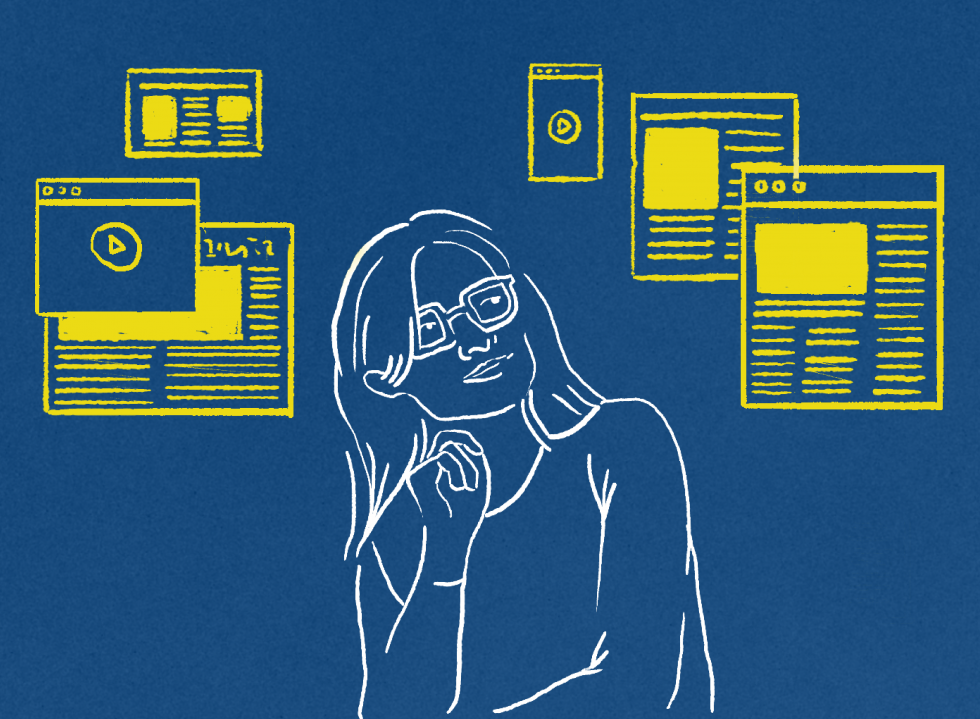In our effort to make social distancing less monotonous, REMOTELY is a special series from Manual Jakarta where we roll out comforting and practical articles to keep you company and motivated during this period of self-isolation.
—
It may seem like it was another lifetime, but it’s been only three weeks since President Joko “Jokowi” Widodo has asked the people of Indonesia to practice “physical distancing” to help slow down the spread of COVID-19 in the country.
With the current rise in the number of cases being reported daily, the Greater Jakarta area could reach extreme levels and is bracing themselves for a regional quarantine, or also known as lockdowns, to help mitigate the situation. As of Monday 30th March, the President confirmed in a virtual Cabinet meeting that executive order for a city-wide lockdown is not an option the government will adopt, relying instead on continued and “stricter regulations on social distancing coupled with ‘civil emergency measures’”.
But with all this talk, there are central pieces of information the public still can’t seem to agree on: what is the COVID-19 virus and can “physical distancing” really help save anybody or is this all just a hoax?
If you search up COVID-19 or coronavirus on Google, the aggregate 11 billion results will direct anyone to a bottomless pool of information—some are informational, some report terrifying news, and unfortunately too many spread downright fake and inaccurate information.
In the age of mass information, filtering out information has become a duty greater than it ever was. And no matter how convincing each article maybe with their facts and reports, it can get a little overwhelming. To try and help calm the nerves, Manual Jakarta has compiled a collection of resources to refer to about the virus, the news that surrounds it and fresh perspectives to digest.
Though the suggestions below are just a few, we always encourage everyone to research thoroughly to help minimise the spread of misinformation that can perpetuate worse chains of actions.
Articles to Read:
Why the Coronavirus Has Been So Successful from The Atlantic
In the beginning, most people did not take the COVID-19 virus seriously and it makes sense as this particular virus has similar characteristics to the common cold. But as we see today, the effects are drastically different. The Atlantic writer Ed Yong and a team of researchers and scientists compared the two familiar strains and shared a little insight on how even if most parts of the virus are unknown, the parts we do know can help us find a cure that much quicker.
The Doctor Who Helped Defeat Smallpox Explains What’s Coming from WIRED
Epidemiologist Larry Brilliant has been through it all. Besides working with the World Health Organization to help end smallpox, a more familiar territory that Brilliant has been in is being the senior technical advisor for a little horror film that most people nowadays have probably watched, Contagion. Through a conversation with WIRED Editor-at-Large Steven Levy, Brilliant navigates through his experiences in living in a pandemic and gives a bright side on how this time is critical to flattening the curve and the practical steps we can take/are already taking.
How Loneliness from Coronavirus Isolation Takes Its Own Toll from The New Yorker
Contributing The New Yorker writer Robin Wright is currently in the same boat as everyone else in the world; she’s starting to feel lonely. And without the usual ways to cure said loneliness, Robin is starting to feel the strain it’s taking on her body, mentally and physically. With a little help from science and a few neuroscientists and psychologists, maybe the trick to cure this biological warning signal isn’t being on call all the time, but to step back and really talk with those around you or those you haven’t heard from in years.
Videos to Watch:
What This Chart Actually Means for COVID-19 by It’s OK To Be Smart
Dr. Joe Hanson from It’s OK To Be Smart is tackling the all familiar chart we’ve seen during this social distancing period. Through creative graphics and some easy visuals, you can come out of this video being more knowledgeable on how the curve works and how your contributions are helping.
What Actually Happens If You Get Coronavirus? by AsapSCIENCE
Now to willingly learn anything in relation to science will seem rough during this time, but the folks at AsapSCIENCE have come up with a colourful and informative narrative that will explain what the virus is without omitting the science of it. This video can help you conceptualise what the body is going through and maybe this could save someone you know if these symptoms arise.
An Astronaut’s Guide to Self Isolation by Chris Hadfield
If there is anyone who knows about isolation, Canadian Astronaut Chris Hadfield is the expert. Having lived on the International Space Station, Chris takes two minutes to share the four steps he uses when faced with isolation, encourages those to be optimistic about staying at home and to “take care of yourself. Take care of your friends. Take care of your family. Take care of your spaceship.”
To follow the progress of COVID-19 in Jakarta and official updates, please visit www.corona.jakarta.go.id.







